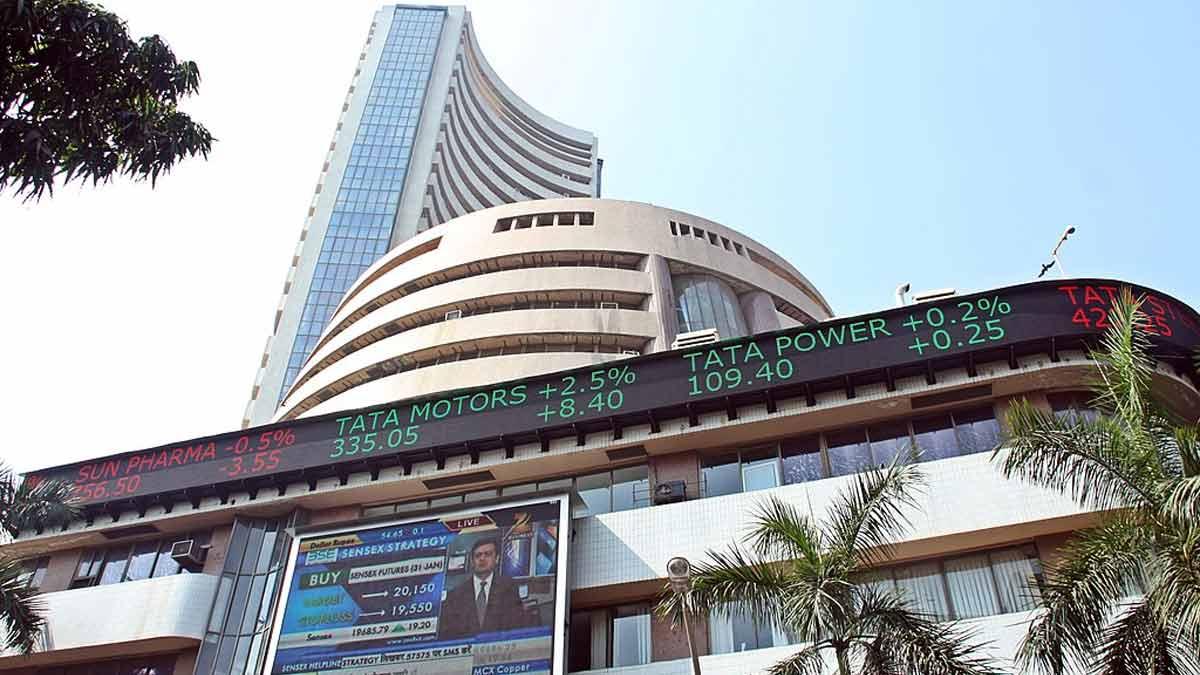According to a report by CNN, US banks currently hold approximately $2.7 trillion in commercial real estate loans, with the bulk of this amount—about 80 percent—being held by smaller regional banks. These are institutions that the US government has not classified as "too big to fail," as highlighted by economists at Goldman Sachs.
However, concerns have arisen as a significant portion of this debt is approaching maturity, presenting potential challenges for regional banks in a market fraught with difficulties. Data from Trepp indicates that more than $2.2 trillion of these loans are set to mature between now and the end of 2027.
These concerns were exacerbated recently when New York Community Bancorp reported an unexpected loss of $252 million in the last quarter, a stark contrast to the $172 million profit recorded in the fourth quarter of 2022. The company attributed this loss in part to a notable increase in loan losses, particularly in commercial real estate loans, which surged to $552 million from $62 million in the previous quarter.
This downturn has had a significant impact on the bank's stock performance, with shares plummeting nearly 50 percent over the past five trading sessions. The broader US Regional Bank index also experienced a decline of approximately 7 percent during the same period.
Investors are expressing concerns reminiscent of the collapse of three US regional lenders nearly a year ago, which prompted efforts from financial institutions and regulators to mitigate the risks of a banking crisis. However, the current situation differs from the previous crisis, which primarily revolved around interest rate risks. Instead, the focus now is on the challenges within the $20 trillion commercial real estate market.
The commercial real estate sector has faced headwinds following decades of growth fueled by low interest rates and easy credit. Valuations of office and retail properties have been on a downward trajectory since the onset of the pandemic, as shifts in living and working patterns, along with changes in consumer behavior, have reshaped the market landscape.
Additionally, efforts by the US Federal Reserve to combat inflation through interest rate hikes have further impacted the credit-dependent commercial real estate industry, exacerbating the challenges faced by regional banks and the broader financial sector.
(With Agency Inputs)
Read also| Small and Mid-Cap Stocks Space Shows Signs of Unsettling Calm, Report
Read also| Nifty Microcap 250 Emerges as Top Performing Index in January with 9.9% Growth


















